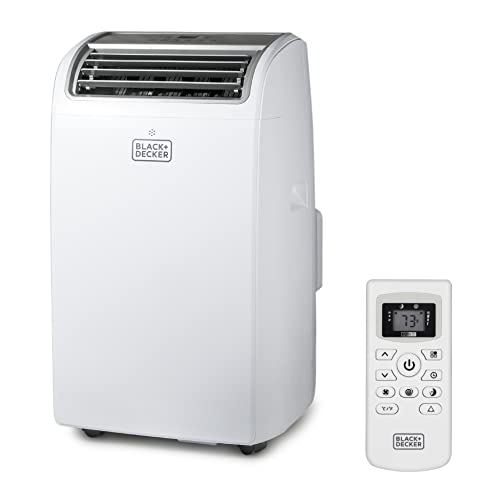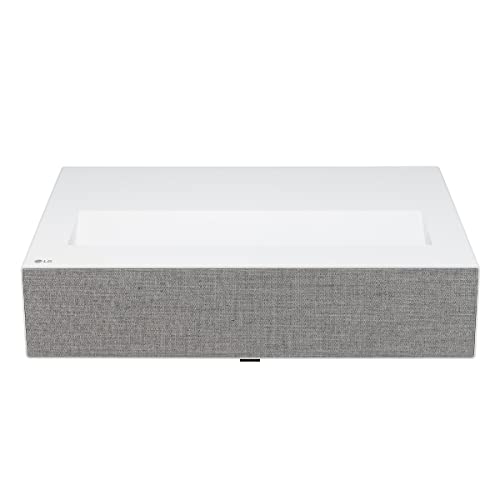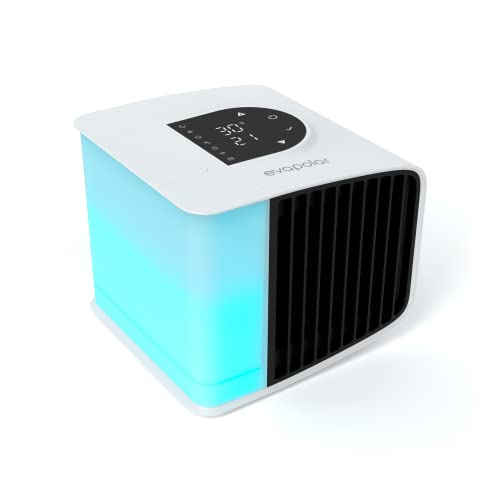Winter’s here, and your prized ride faces brutal challenges that could leave you stranded on the side of a frozen highway. AAA reports over 400,000 emergency roadside calls during each winter storm – most of them preventable with basic car prep. Gearheads know cars need different care when temperatures plummet, but even seasoned mechanics can overlook critical winter checks. Our guide breaks down 10 essential tips to shield your vehicle from winter’s assault, straight from professional mechanics who’ve rescued countless drivers from winter disasters.
13. Inspect Wiper Blades

Clear visibility saves lives in winter driving. Premium winter wiper blades stay flexible when regular blades turn stiff and useless. Watch for warning signs like streaking or chattering – these mean your wipers need replacement before the first snowfall. The whole system needs to work together – your wiper motor, arms, and blades all play their part in keeping your windshield clear when snow starts falling.
12. Check Your Tire Pressure

Cold temperatures make tire pressure drop. Check tire pressure monthly during winter, using the pressure rating on the driver’s side door jamb. Remove the valve cap, press the gauge firmly against the valve stem, and note the reading. Add air until reaching the correct PSI. Low tire pressure leads to poor traction and decreased fuel economy. The whole process takes five minutes and keeps winter drives safer.
11. Protect Against Rust

Road salt wreaks havoc on car bodies, but good undercoating can stop rust before it starts. Factory protection typically lasts 5-7 years before needing reinforcement. Professional rust protection adds zinc-rich primers and rubberized coatings to vulnerable spots. Getting your undercarriage checked each year helps catch any rust early before small problems become big repairs.
10. Check Your Brakes

Winter demands peak brake performance. Test brakes by driving at 20 mph in an empty parking lot and pressing firmly. The car should stop straight without pulling to either side. Listen for squealing or grinding – these sounds signal worn brake pads. Look through the wheel spokes for at least 1/4 inch of brake pad material. Thin or uneven pads need immediate replacement. Check brake fluid levels in the master cylinder reservoir under the hood.
9. Check Your Windshield Wiper Fluid

Replace standard washer fluid with winter-grade fluid rated to -20°F or lower. Empty the washer fluid reservoir completely before adding winter fluid. Find the reservoir under the hood – it has a windshield symbol on the cap. Fill until reaching the “full” line. Test the sprayers to ensure proper flow. Keep an extra gallon of winter fluid in the trunk. Clear visibility prevents accidents in snow and ice conditions.
8. Keep Your Gas Tank Full

Keeping your tank full helps prevent fuel line freeze-ups in winter. Modern fuel injection systems need clean, water-free fuel to operate properly at their high pressures. Adding premium fuel system additives helps absorb any water that might have gotten into your tank. The extra fuel weight in your tank can even help with traction on slippery roads.
7. Check Your Battery

Your car’s battery faces its toughest test when temperatures drop. Professional mechanics see it every winter – batteries that worked fine in summer suddenly fail to start cars on cold mornings. A healthy battery should read at least 12.4V during testing, and most start showing signs of weakness after 3-5 years. Stop by any major auto parts store for a free battery test before winter hits. While you’re there, have them check your terminal connections – a properly torqued and clean battery connection makes all the difference.
6. Top Off All Fluids

Engine oil becomes the lifeblood of your car in winter. Cold weather demands thinner oil grades like 5W-30 or 0W-20 to help your engine turn over on freezing mornings. Your coolant needs attention too – mechanics recommend a perfect 50/50 mix of antifreeze and water to protect your engine down to -34°F. Don’t forget about windshield washer fluid – spring for the premium winter-grade stuff that won’t freeze up when you need it most.
5. Use Winter Tires

Regular tires start losing grip once temperatures fall below 45°F, but winter tires are built differently. Their special rubber compounds grip cold roads better, and deeper treads with aggressive patterns help cut through snow. Getting them properly mounted and balanced prevents annoying vibrations down the road. Keep an eye on tire pressure too – every 10°F drop in temperature knocks about 1 PSI out of your tires.
4. Test Your Heating System

A working heater becomes essential equipment when winter arrives. Modern cars use complex climate control systems with multiple sensors and actuators working together. Professional mechanics check everything from refrigerant levels to belt tension to keep you warm. Those heated seats aren’t just luxury items either – they help warm you up faster than waiting for the engine to heat the cabin.
3. Apply Ceramic Coating

Modern ceramic coatings do more than just make your car shine – they create an invisible shield against winter’s worst. Professional-grade coatings bond directly to your paint at the molecular level, creating a surface so slick that water beads up and rolls right off. Proper application takes time and preparation, but the protection lasts for years.
2. Prepare an Emergency Kit

Smart drivers pack more than just jumper cables for winter driving. Professional roadside emergency kits include heavy-duty cables, bright LED flares visible for a mile, and folding shovels that can break through ice. Basic tools can help with simple fixes, and emergency blankets provide crucial warmth if you get stranded. Think of it as insurance you hope you’ll never need.
1. Schedule Major Maintenance

Taking care of small problems before winter prevents big headaches later. Professional mechanics use advanced diagnostic tools to check every major system in your car. Digital inspection reports help track maintenance and catch wear patterns early. Spending a little time and money on prevention now saves both when the snow starts falling.




























